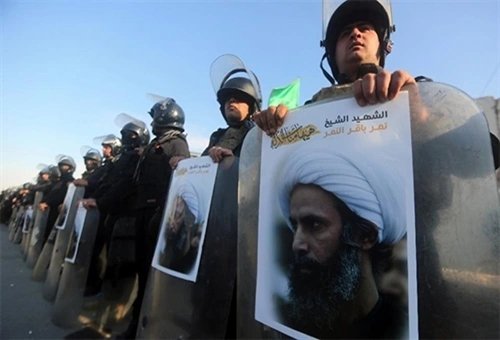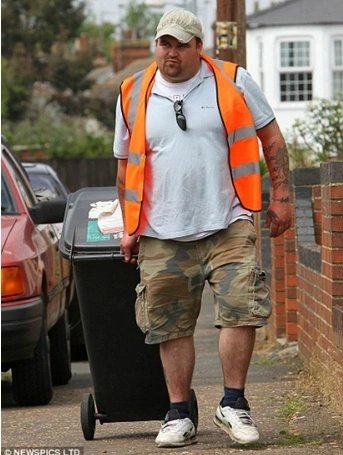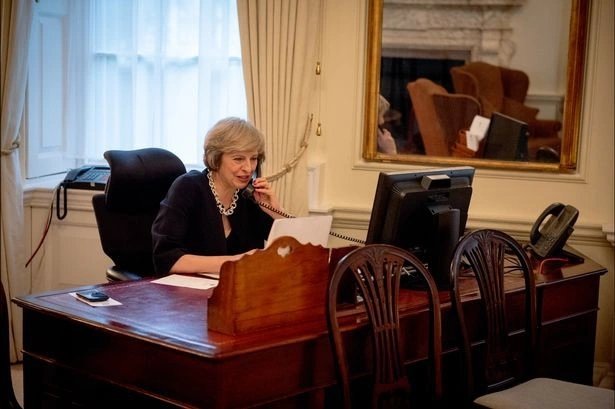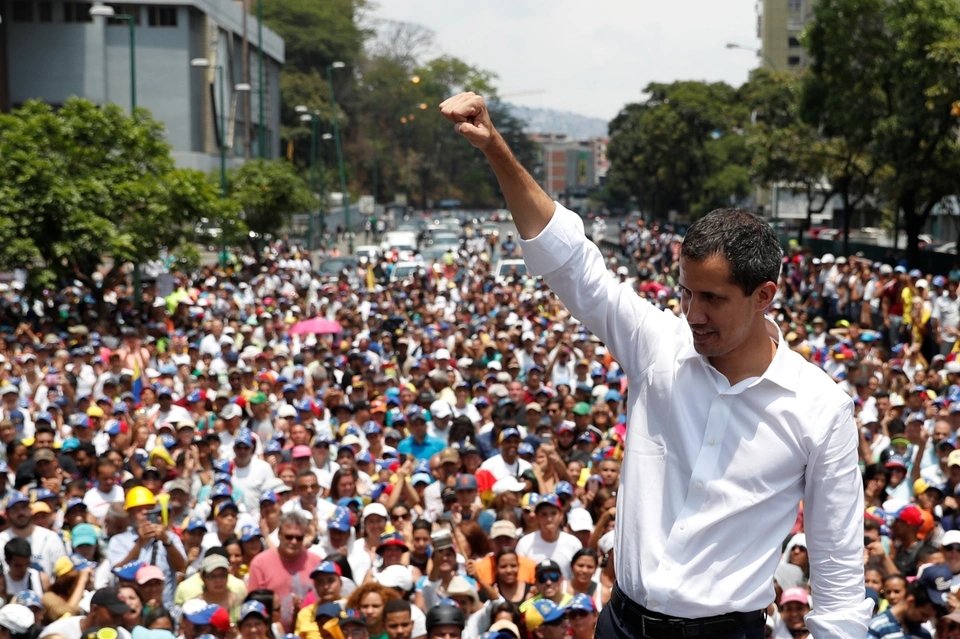
People waved flags and pictures of President Bashar al-Assad in Umayyad square, Damascus on April 14, to support the government and protest against the US-led coalition.
In a city so familiar with war like Damascus, the lights were always on, the TV was always on, and the US airstrike early in the morning on April 14 was something everyone had anticipated.
`I slept throughout the airstrike,` Mr. Khalil Abu Hamza, a resident living near where the missile hit, told the Guardian.
Living close to the center of the capital, Taha, 31, said a series of familiar mid-air sounds alerted him to the airstrike just before 4:30 a.m.
`I watched the news with my wife until 5:30,` he said.

Life in Damascus after US coalition air strikes
By mid-morning, in the Malki region, a stronghold of President Bashar al-Assad’s government, the streets were still bustling as usual and the atmosphere was completely peaceful.
`People are still going out today. The streets are busy and so are the shopping malls. Old ladies are cleaning carpets on balconies,` Samia, 34, said.
A 58-year-old woman who declined to give her name said the tensions of the past few days quickly eased as the sound of incoming missiles was replaced by silence.

A Syrian soldier at the rubble at the Scientific Research Center in the Barzeh district, Damascus, on April 14, after a US airstrike.
`We had high hopes,` said Mr. Hussam, 40, an opposition supporter.

Streets of Damascus on April 14.
In Douma, a suburb of Damascus, where an alleged chemical weapons attack occurred that killed more than 70 people on April 7, people did not react much to the response of the US-led coalition.








